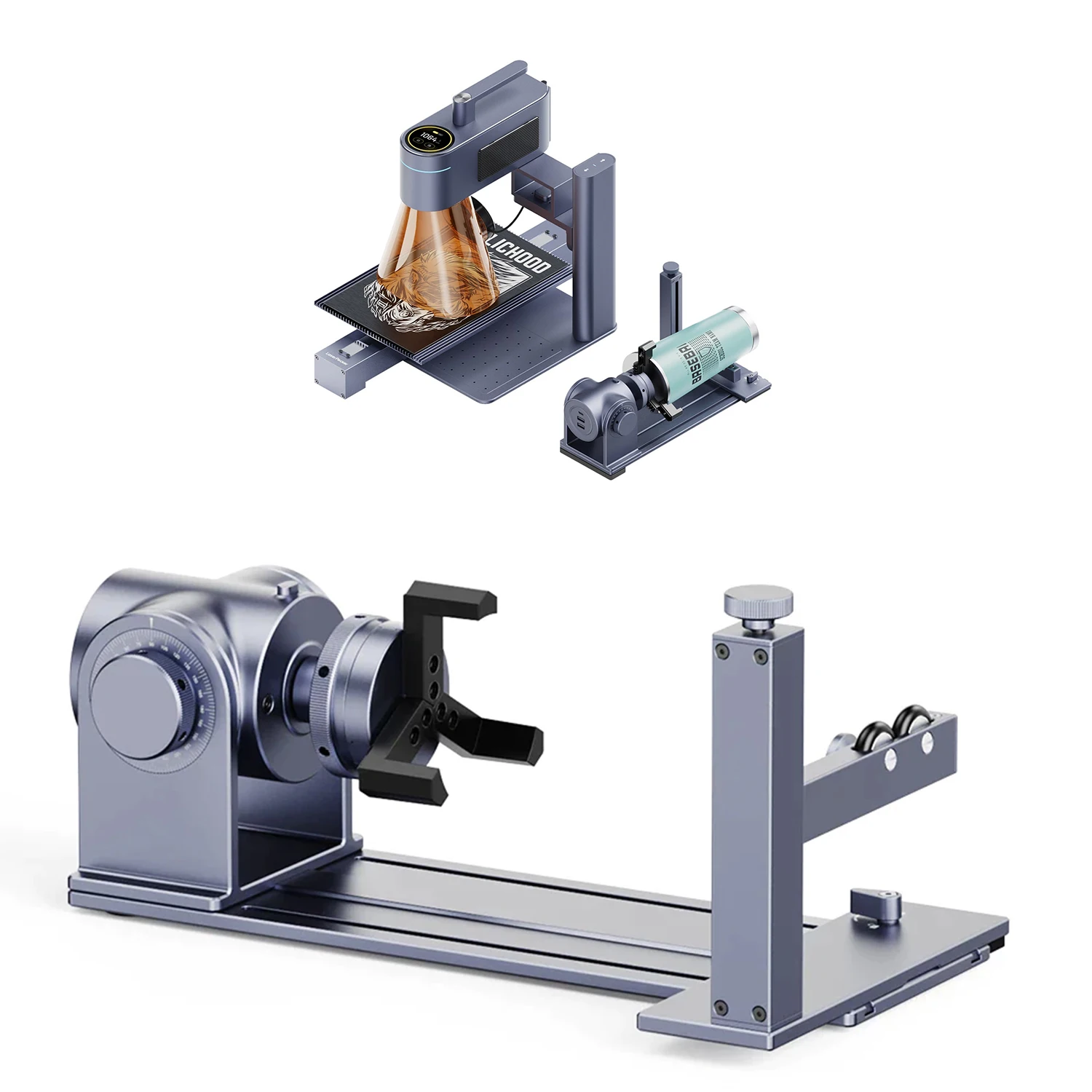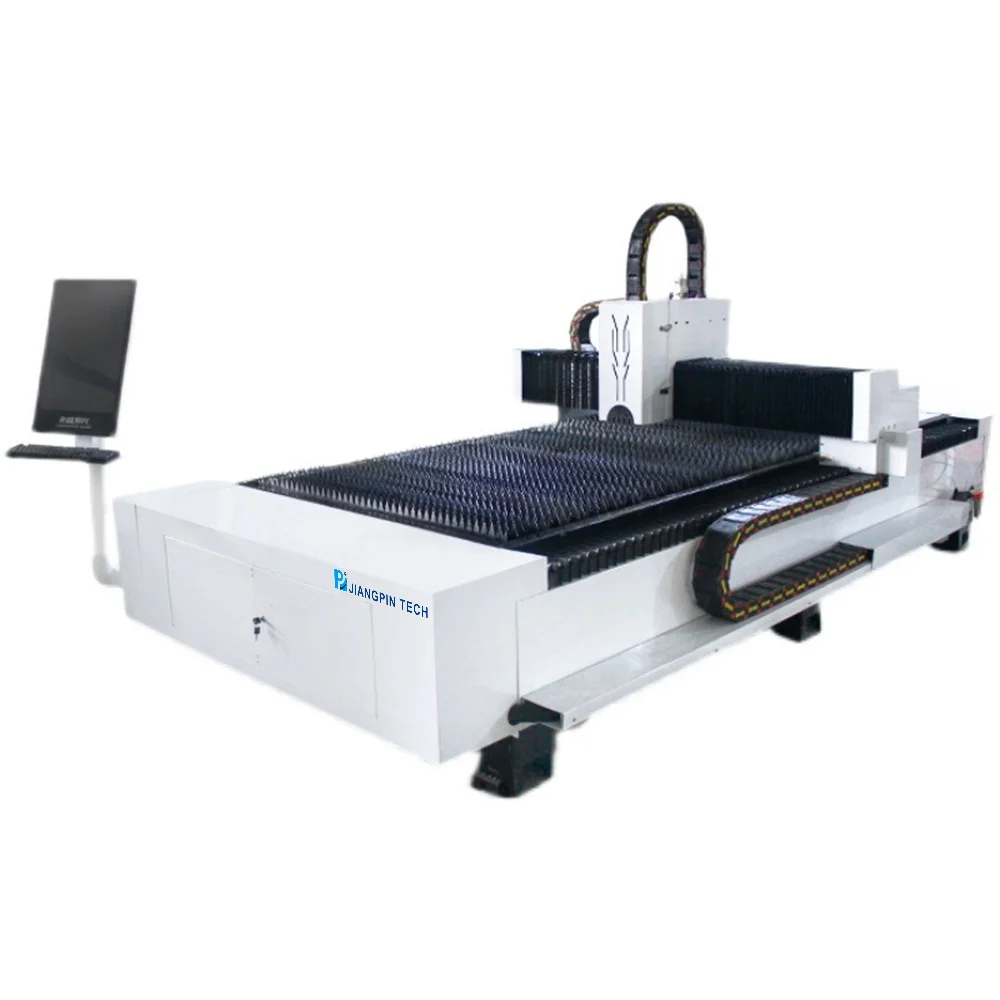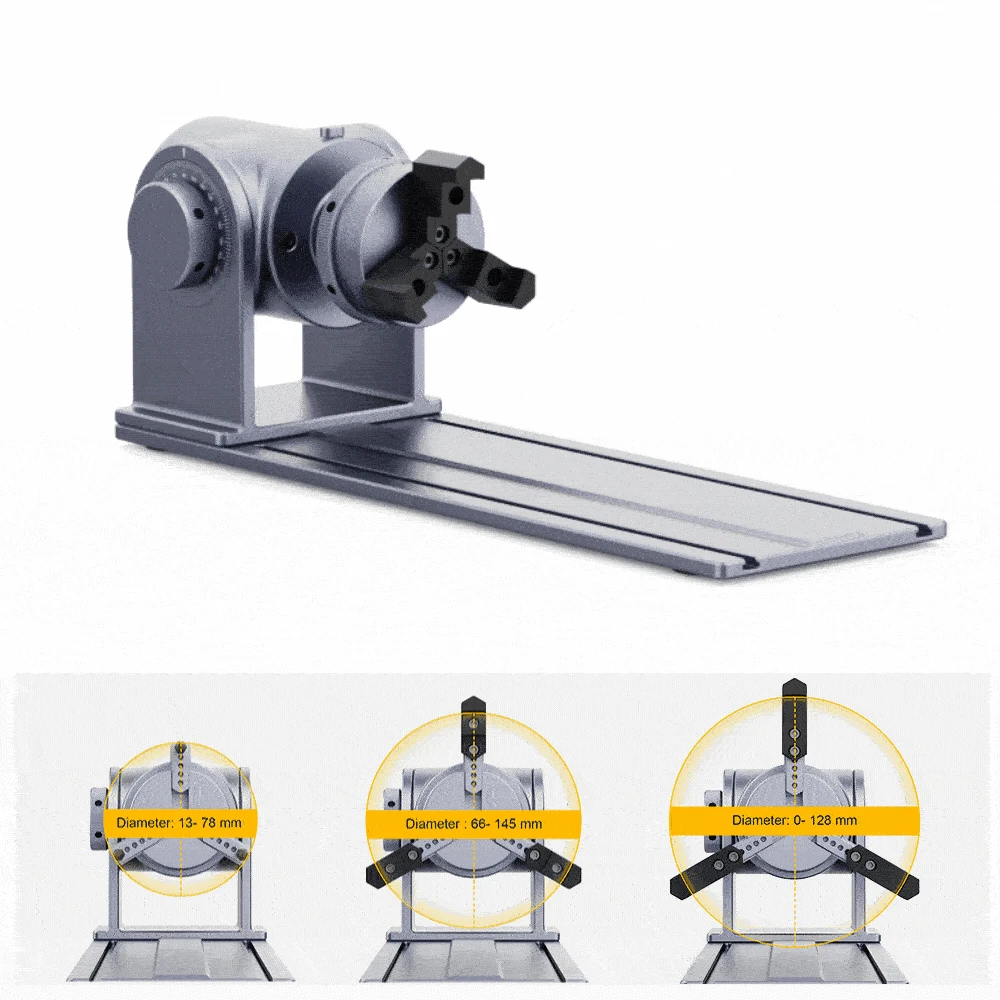It is corrosion-resistant, a key factor that will be immediately appealing to most industries and others. Laser marking is one of the key methods for safely and permanent identification on stainless steel constituents. The way it leaves stainless steel more known is with excellent, durable impressions that can withstand even the most rugged of conditions but still provide a clear means to identification. This post highlights the best practices, tips and tricks for laser marking on stainless steel while also covering what's new when it comes to advances in laser technology.
There are several core best practices, tips and techniques for laser marking on stainless steel that should always be kept in mind to ensure the very best results. Here are some key components to consider:
Surface Preparation: Clean the surface of stainless steel completely, no oil, anti-rust and other impurities that ensure high quality laser marking.
Laser Settings: Stainless steel requires high power laser settings to get marking done correctly as well it being wear-resistant. Highly effective setting parameters depend on type, wavelength and the actual chemical composition of stainless steel.
Label Alignment: Aligning the labels on the stainless steel to allow for maximum visibility and readability while making efficient use of available surface area.
Laser Type: The right laser for the job is crucial, and fiber or pulsed lasers are best used on stainless steel because of its reflectivity.
Marking Depth - IMPORTANT Information regarding whether a mark is shallow or deep helps determine the legibility and contrast of your marking, which you ultimately want to achieve with laser processing.
Article: The Very Latest in Laser Technology for Stainless Steel Marking
The recent progress in technology has further improved the laser marking on stainless steel. Today, the dominant tool for laser marking is fiber and pulsed fiber lasers. Here are four of the newest laser technologies that have finally made this magic a reality:
High-contrast marking: to improve the readability and durability of stainless steel black marks are produced using short laser pulses.
Micro-Marking- Used to mark small logos or text on stainless steel and provides precision, commonly used in jewelry & medicine industries.
Dot Peening: Dot peeing is used to create a series of dots via the use of an appropriate stylus for patterning and also to identify parts on stainless steel.
Etching: Distinct from engraving, where the surface material is cut away to create an indentation and therefore a mark (more like cutting), etching removes only pieces of stainless steel on topmost layers through acid or chemical treatment leaving permanent well-formed marks behind using sencil-etched designs.

We wrote about the different industries and applications of laser marking on stainless steel. Below are some of the more note-worthy examples:
Laser marking in the medical sector for ensuring traceability and readability of medical devices, adherence to very strict hygienic standards is necessary.
Automotive Industry: - Laser marking is a blessing in disguise for the automotive industry as it offers traceability to every part, thereby leaving no stone unturned(Job accountability);
Aerospace Industry : In the context of aerospace, laser marking when used for part identification and labeling materials as "flight restricted" can improve. Enhances safety measures, The possibility of misidentification is reduced.

Below are some of the frequently asked questions about laser marking on stainless steel skin:

A: Laser Marking on stainless steel can provide permanent, legible marks that resist harsh environments.
Can Any Kind Stainless Steel be Marked Using Laser Marks?
Q: Aren't stainless steels similar in their laser marking properties?
Q: What is the ideal engraving depth in stainless steel for laser marking?
Q: What is the optimum depth of marking (different applications may require shallow for visibility or deeper for identification)?
To sum up, you are considering laser marking on stainless steel as a very fast and precise approach for printing logos or alphabets in addition to clear identification even after wearing away. In an age where laser technology continues to evolve and regardless of the subsurface, it is remembered that marking on stainless steel can easily be high-contrast sharp edge recovery resistant.
J Iangpin Technology a top laser equipment maker covers an area of 2,156 square meters. have five product lines laser marking stainless steela wide range product models, addition to a wide range accessories fully satisfy customers' needs. Specialized in laser manufacturing, offer a vast array of lasers to satisfy the requirements a variety of laser equipment.
As a professional laser equipment manufacturer, have a strong technological research development capabilities extensive expertise in the field We able to carry out in-depth laser marking stainless steelaccording to particular requirements of our clients. hold more than 100 professional patents, 100+ patents, and 100+ certificates, are in more than 100 countries regions across the globe.
team is in beginning stages of project which laser marking stainless steelin-depth communications with clients provide professional guidance advice as well as technical solutions for customizing services. during transaction process we focus each link to follow-up as well as service experience, from signing of the contract, order processing, monitoring of the progress of production through the rigorous factory inspection, and execution of the whole process of fine-tuning management of the entire process .
a top laser equipment manufacturer attach a lot importance to quality of products and their compliance, have numerous international authoritative laser marking stainless steel, including but not limited to ISO Quality Management System certification, CE safety certification other international certificates that ensure that our laser equipment is not just widely acknowledged within domestic market, but also has the legal and compliant qualification access the global market.